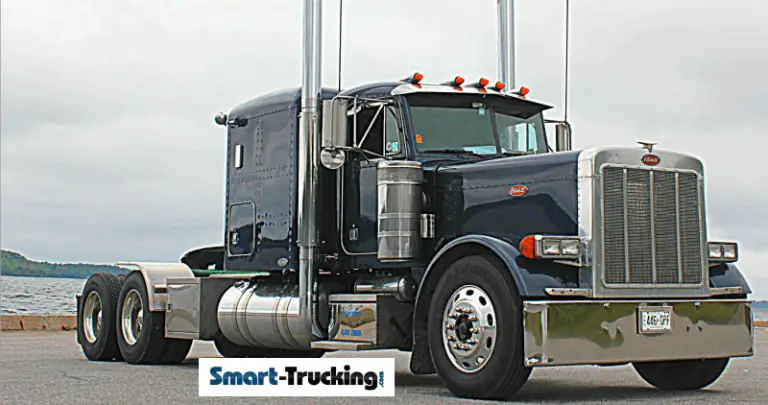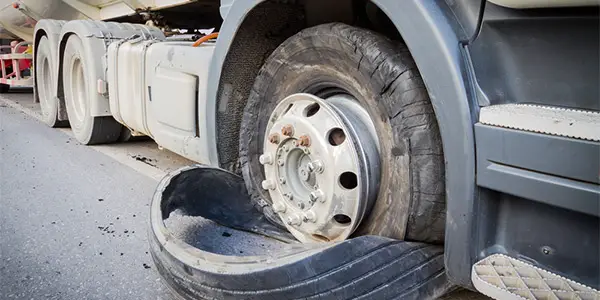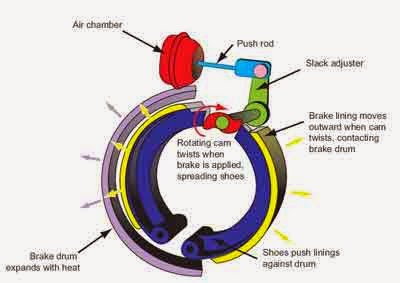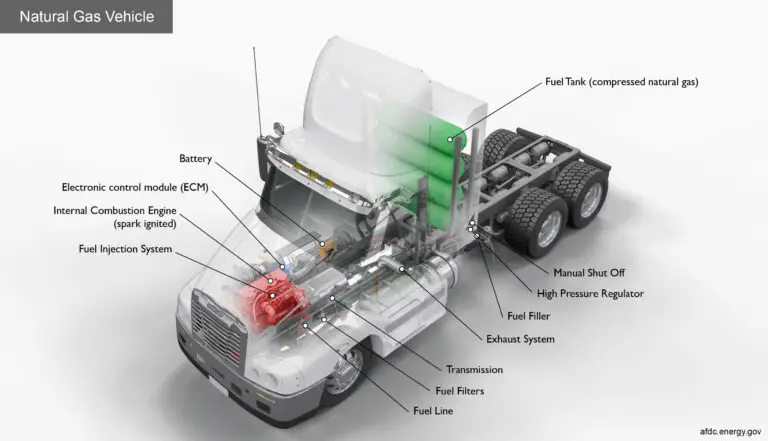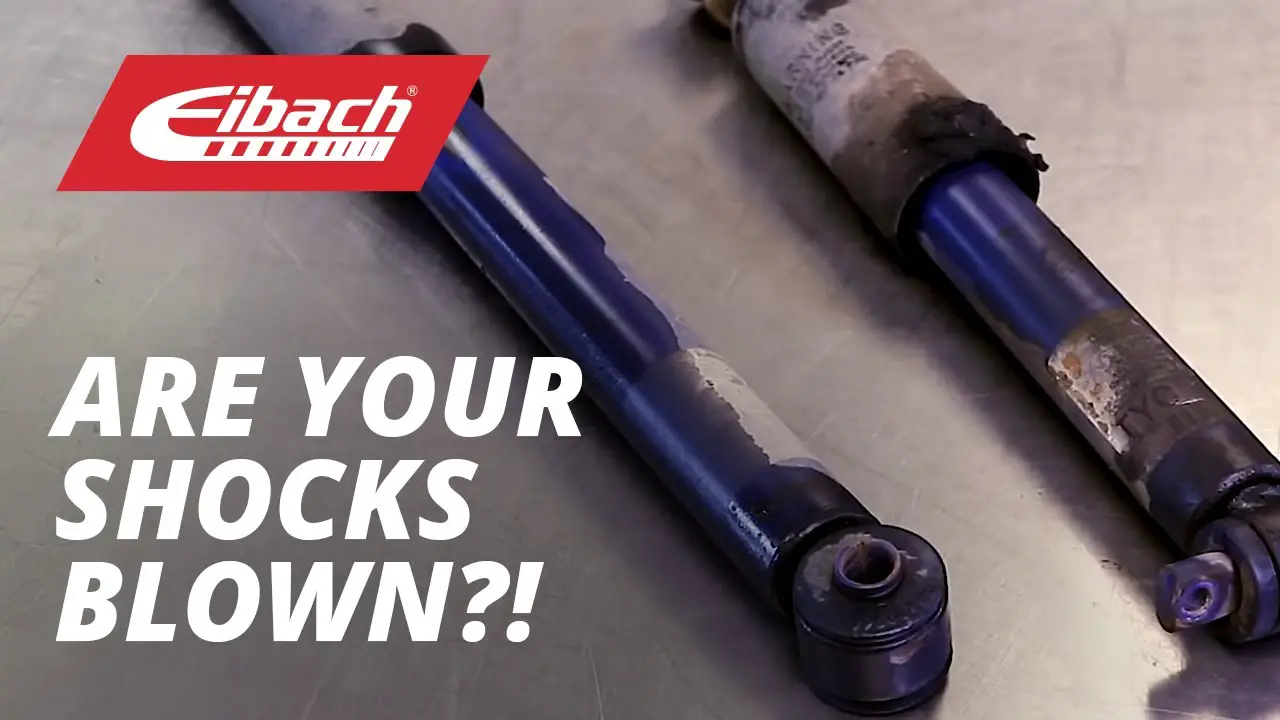
You can tell if your shocks are bad on a semi-truck by looking for signs of excessive bouncing or swaying while driving. Also, if there is visible damage, such as leaking fluid or worn out bushings, it may indicate bad shocks.
Driving a semi-truck with bad shocks can lead to unsafe handling, poor stability, and increased wear on other suspension components, making it crucial to identify and address any issues promptly. Additionally, regular inspections and maintenance of the shocks can help prevent potential safety hazards and extend the lifespan of the truck.
Understanding the signs of bad shocks and taking proactive measures to replace them when necessary is essential for safe and efficient operation of a semi-truck. We’ll explore the common indicators of bad shocks on a semi-truck and provide insights on proper maintenance practices to ensure optimal performance and safety on the road.
Navigate As You Want: [show]
Signs Of Bad Shocks On A Semi Truck
Signs of bad shocks on a semi truck include an unstable ride, excessive bouncing, and uneven tire wear. An unstable ride can be felt through the steering wheel, making it difficult to maintain control of the truck. Excessive bouncing is noticeable when driving over bumps or uneven surfaces, causing the truck to bounce up and down excessively. Uneven tire wear is an indication that the shocks are not properly absorbing the impact from the road, resulting in uneven contact between the tires and the road surface.
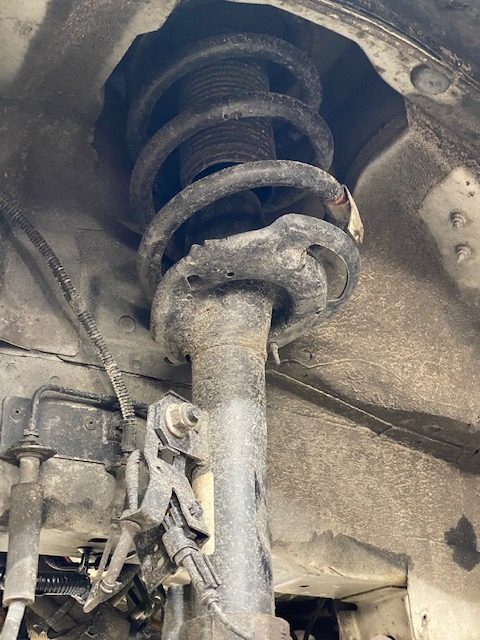
Credit: www.kenstrans.com
Causes Of Bad Shocks On A Semi Truck
Bad shocks on a semi truck can be caused by various factors. Normal wear and tear is a common reason for shock absorber deterioration. Extreme loads can also lead to accelerated wear and tear on the shocks. Improper maintenance such as infrequent inspections and lack of lubrication can further contribute to shock issues.
Effects Of Bad Shocks On A Semi Truck
Bad shocks on a semi truck can have significant effects. Reduced stability and control can result from worn-out shocks, leading to dangerous driving conditions. Additionally, bad shocks can increase braking distance due to decreased responsiveness, posing a higher risk of accidents. Moreover, tire damage is a common consequence of bad shocks, potentially leading to tire blowouts and compromising safety on the road. It’s important to regularly inspect and maintain the shocks on semi trucks to ensure optimal performance and minimize the risk of these detrimental effects.

Credit: www.youtube.com
Importance Of Maintaining Good Shocks On A Semi Truck
Regular maintenance of your semi truck’s shocks is essential to ensure optimal safety and performance. Good shocks provide numerous benefits, starting with enhanced safety. Poorly functioning shocks can significantly impact your ability to control the vehicle in hazardous situations, leading to potential accidents.
Furthermore, well-maintained shocks contribute to improved comfort and handling, creating a smoother ride for both the driver and the cargo. With good shocks, the truck is better equipped to absorb road bumps, reducing the vibrations and jolts felt inside the cab.
Moreover, good shocks help maintain tire life on your semi truck, which can lead to substantial cost savings in the long run. By absorbing and distributing the forces exerted on the tires, shocks minimize excessive wear and tear, extending their lifespan.
| Benefits of Good Shocks |
|---|
| Enhanced Safety |
| Improved Comfort and Handling |
| Extended Tire Life |
How To Inspect And Replace Shocks On A Semi Truck
Inspecting and replacing the shocks on a semi truck is crucial for maintaining safe and smooth rides. Begin with a visual inspection by examining the shocks for any signs of leaking, dents, or damage. Look for oil stains around the shock absorbers as well. During a road test, pay close attention to how the truck handles bumps, uneven surfaces, and any excessive bouncing or swaying. These are indications of worn or faulty shocks. Proper replacement procedures involve lifting the truck with a jack and securing it on jack stands. Then, remove the old shocks and install the new ones, making sure to tighten all bolts and connections securely. It’s important to consult the truck’s manual or seek professional assistance for specific replacement guidelines. Regular inspection and maintenance will help identify any shock issues and ensure a safe and comfortable ride for the driver and the cargo.

Credit: www.supremesuspensions.com
Frequently Asked Questions For How Do You Know If Your Shocks Are Bad On A Semi Truck
How Do You Know If Your Shocks Are Bad On A Semi Truck?
If you notice excessive bouncing or swaying while driving, uneven tire wear, or difficulty controlling the vehicle, it could be a sign of bad shocks. Additionally, if you experience a harsh or bumpy ride, noise from the suspension, or fluid leaks around the shocks, it’s time to check and replace them.
Remember, regular inspection and maintenance are essential for optimal performance and safety.
Conclusion
To summarize, recognizing signs of bad shocks on a semi truck is crucial for maintaining safety and performance. Watching out for excessive bouncing, uneven tire wear, and decreased stability can help identify potential issues. Regular inspections and proper maintenance are essential to ensure the smooth operation of a semi truck.
Don’t overlook the importance of well-functioning shocks to keep your vehicle in top shape on the road.
